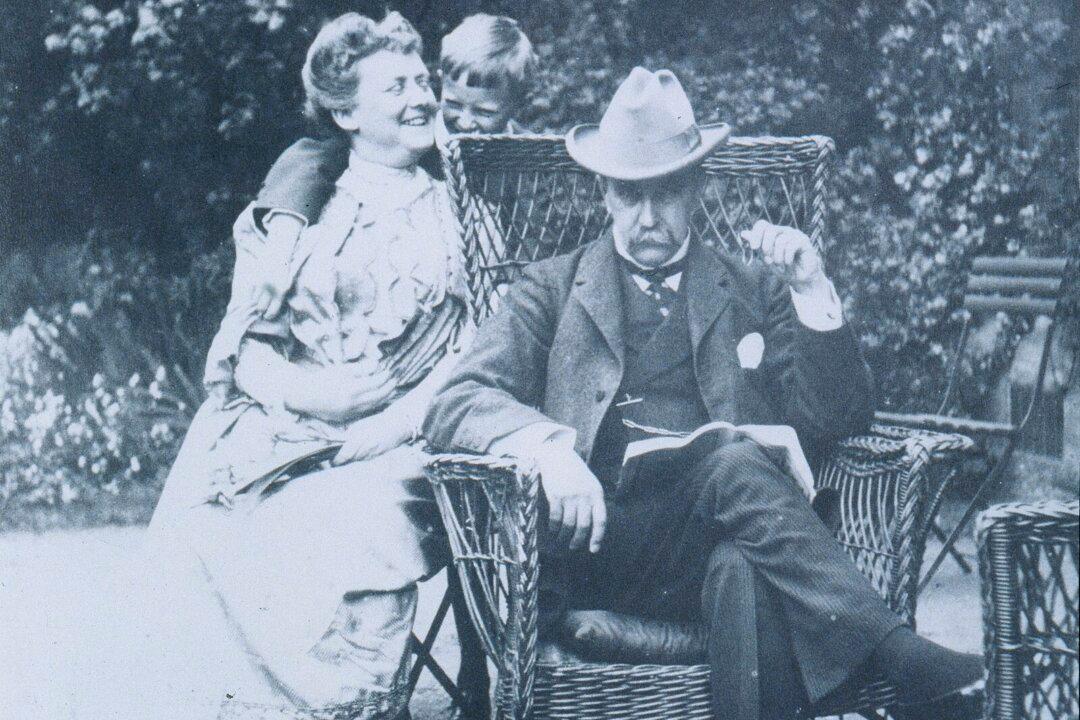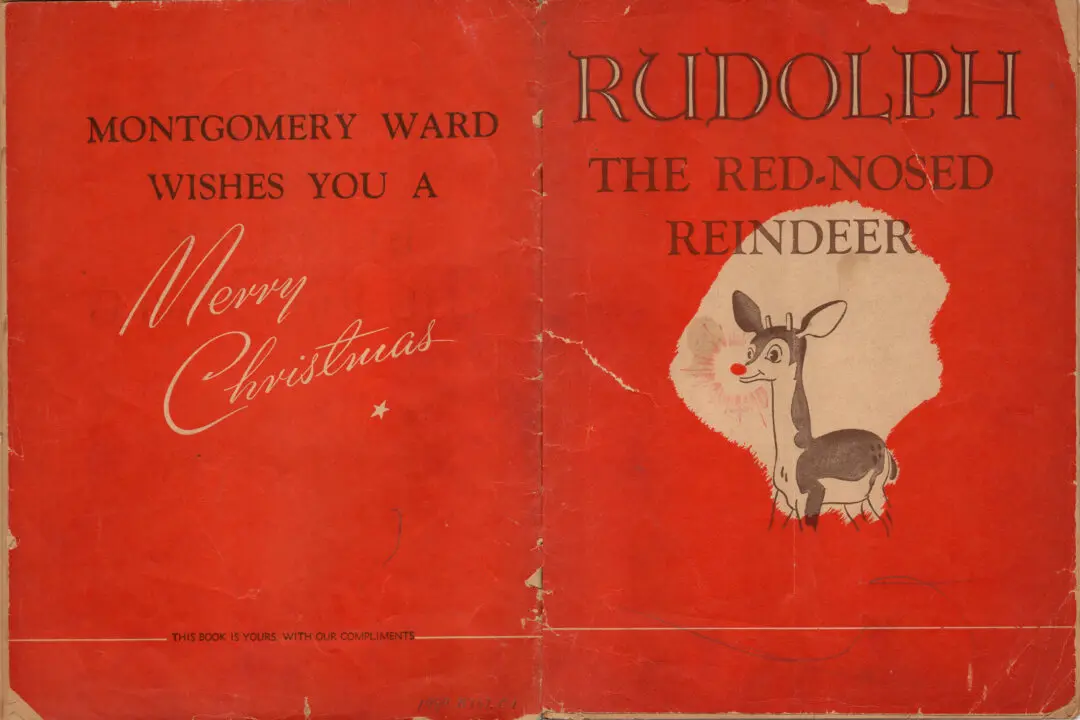“I desire no other epitaph … than the statement that I taught medical students in the wards, as I regard this as by far the most useful and important work that I have been called upon to do.”
The physician who wrote those words got his wish. Sir William Osler (1849–1919) is honored today as the “Father of Modern Medicine” in large part because of his emphasis on teaching and learning medicine from hospital wards, surgeries, and morgues rather than from lectures and textbooks. “Medicine is learned by the bedside and not in the classroom,“ he said. ”Let not your conceptions of disease come from words heard in the lecture room or read from the book. See, and then reason and compare and control. But see first.”






